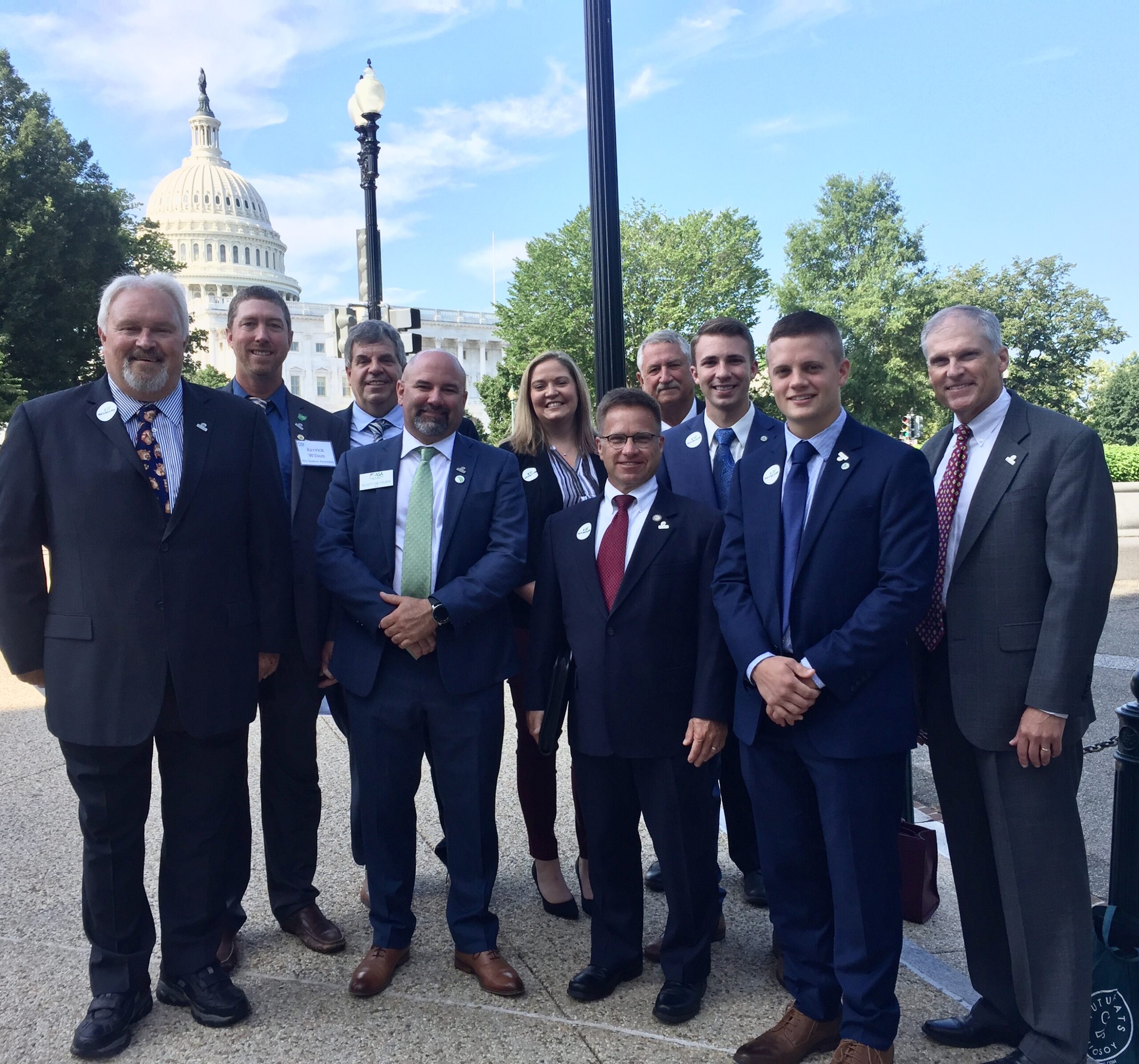CAUV Reforms Moving Farmers Forward

The recently reformed Current Agricultural Use Value (CAUV) program offers stability during 2019’s record-setting wet planting season that derailed much of the state’s agricultural efforts this spring.
In 2017, Governor John Kasich signed House Bill 49 (HB 49), Ohio’s operating budget, into law which included changes for determining the value for farmland through the CAUV program. Prior to this updated CAUV program, Ohio farmland had seen up to a 300 percent increase in taxable value, placing a significant burden on family farms during times of low crop prices. The bill approved an updated method for determining CAUV value for land devoted to agricultural use.
Tax Commissioners must determine the capitalization rate used to compute CAUV values annually. The yearly rate is to be evaluated considering an equity yield rate equivalent to the greater average of the total rates of return on farm equity for the last 25 years, or the loan interest rate the Commissioner uses for the last year to calculate the capitalization rate. Commissioners are to assume a 25-year holding period for agricultural land to compute the buildup of equity or appreciation regarding that land.

Appraisals must reflect and consider the following standards:
- Productivity of the soil under normal management practices
- Typical cropping and land use patterns
- Average price patterns of crops/products produced
- Typical production costs to determine net income potential to be capitalized
With the passage of HB 49, the new CAUV system has eased concerns and reduced the financial burdens for Ohio crop growers. Changes enacted in the 2018–2019 budget put a cap on the taxable value of CAUV land used for conservation purposes. CAUV land enrolled in federal conservation programs to be valued at the lowest possible soil productivity type, serving as an additional incentive for farmers to participate in conservation programs necessary for healthy soils and clean water.
According to the Ohio Department of Taxation, CAUV values have declined by nearly 30% since 2016. The 2019 projected average value for cropland of all soil types is $876/acre, down from 2018’s $1,015 average.
The challenges farmers have faced thus far in 2019 are not to be taken lightly. Many farmers have never experienced a year as extreme as this. Governor Mike DeWine and Ohio Department of Agriculture Director Dorothy Pelanda have made efforts to work with the federal government to make this year easier for both farmers and agricultural businesses and organizations.
President Trump has approved disaster designation for ten Ohio counties and the reduction in CAUV values can only help farmers who were unable to plant crops in flooded areas.
With this challenging year, this newly revised CAUV system will provide farmers with predictability and stability for their operations.

